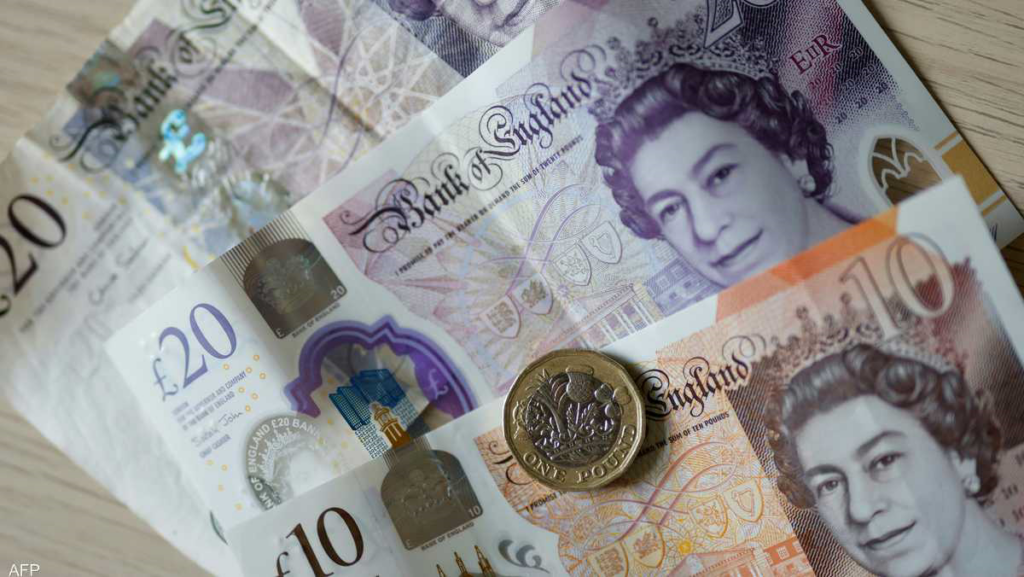
After the death of Queen Elizabeth II, changes are expected to be made in the form of banknotes and coins, in the countries subject to the British Crown, whose coins are marked with the faces of British monarchs.
The currencies of Britain, Canada, Australia, New Zealand, Jamaica, the Central Bank of the Eastern Caribbean, and the rest of the Commonwealth countries, are expected to change their current shape, to bear the face of King Charles, the successor of the late Queen.
This change in the form of the currency will not be immediate, and the current currencies will continue to be used, and they may be gradually replaced.
The Bank of England issued a statement, yesterday, Thursday, confirming that banknotes containing images of Queen Elizabeth II will remain legal tender after her death, and that it will make another announcement regarding the current banknotes after the mourning period ends.
It is scheduled to carry banknotes of different denominations in Britain, the image of the new king, and gradually replace the old.
In the monarchy, it is customary for the king’s face to appear in the opposite direction to that of his predecessor. As such, the left side of King Charles’ face will appear on UK coins, as the coin had the right side of the late Queen’s face.
Although the Queen assumed the throne of Britain, in 1952, she did not appear on banknotes until 1960, when her image appeared for the first time on the 1 pound note, and her image later appeared on the rest of the banknotes.
In Australia, most Australians did not see any other face on their coins, other than Queen Elizabeth. For decades, the Queen’s portrait has been an important reminder of Australia’s relationship with the royal family and its status as a constitutional monarchy.
The Queen’s portrait is expected to remain on coins, the Australian $5 bill, for some time, and a gradual transition to King Charles coins. It is also possible for currencies bearing the image of both to be traded together.
Since 1966, more than 15 billion pieces of coins have been minted in Australia, most of them bearing the image of Queen Elizabeth, but after her death, according to the Reserve Bank of Australia, all coins and banknotes issued by it since 1913, including Bearing the portrait of the late queen, it retains its legal status as the country’s currency.
“The king traditionally appears on the lowest denomination of Australian banknotes, and we expect this to continue in the event of a change of king,” an Australian Reserve spokesman said.
“We will plan to update the design of the $5 banknote, in due course…Creating a new design for the new banknote is a complex process,” he added.
In Canada, the central bank said the current $20 note, which features Queen Elizabeth’s portrait, is set to circulate for years to come, and that there is no legislative requirement to change the design during a certain period when the monarch changes.
According to some experts, it is expected that the face of King Charles will appear on the Canadian currency within a year or two, according to the plans of the authority responsible for the minting.
The Queen appeared on the first series of Bank of Canada banknotes as a child in 1935.
=
